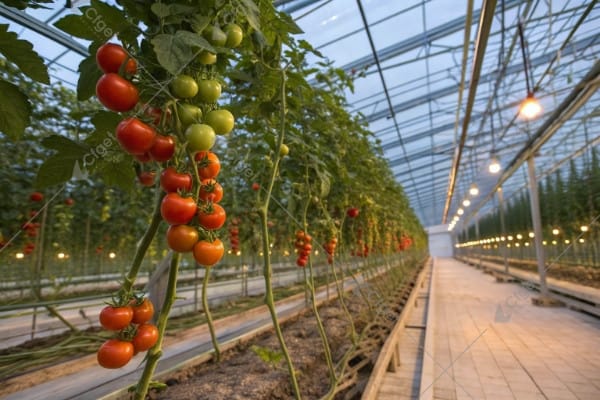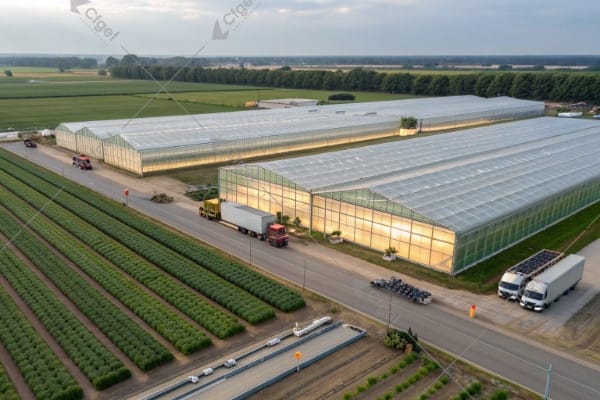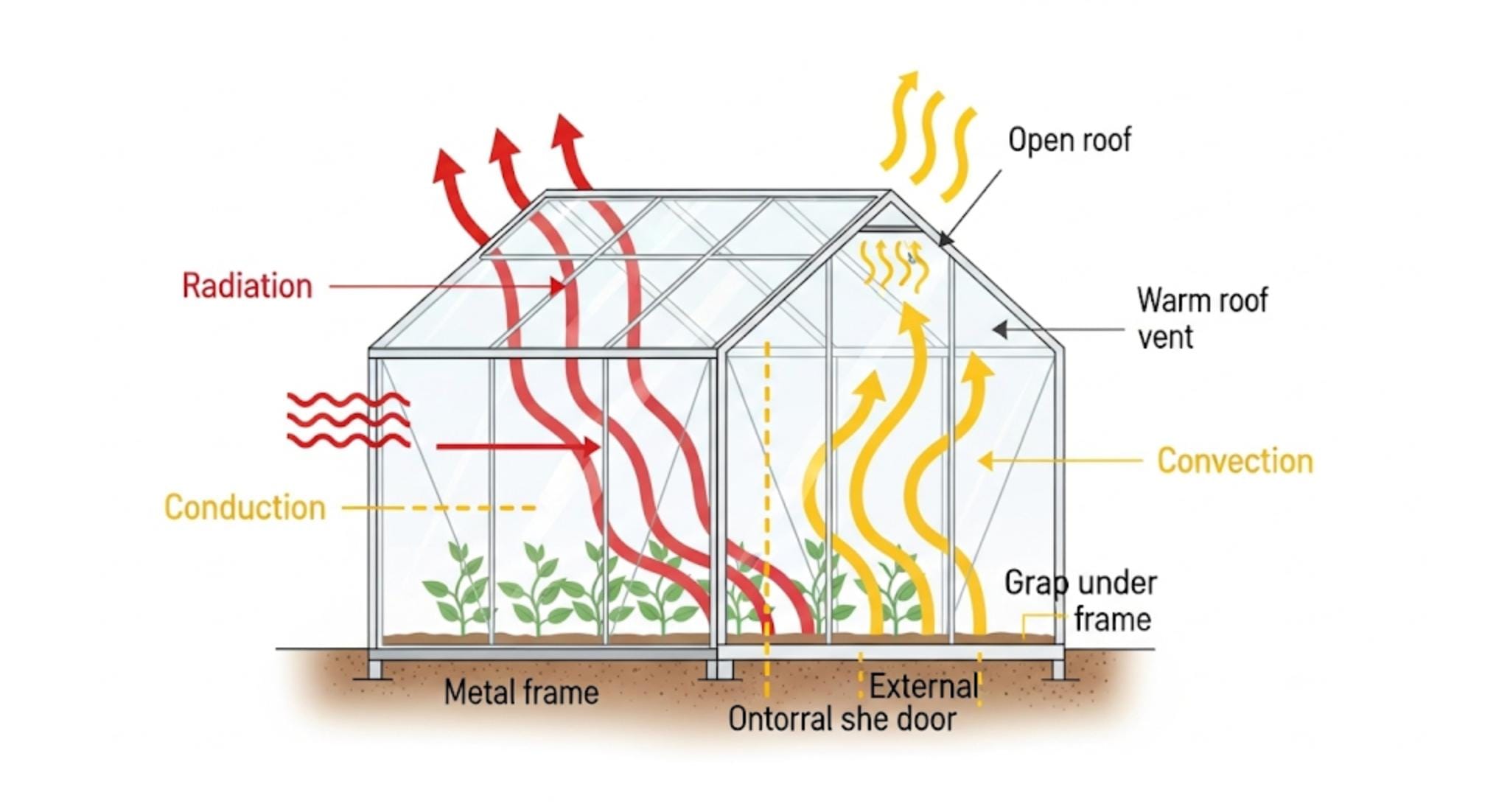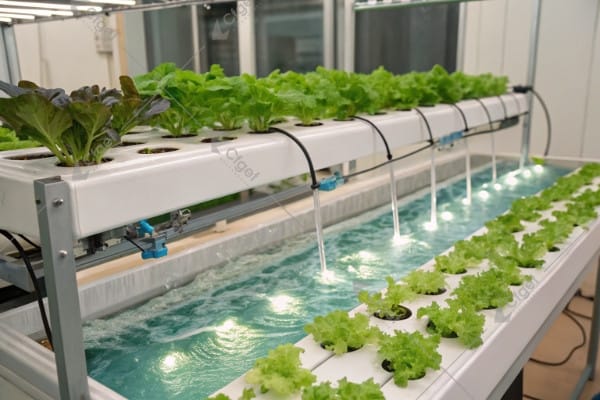Growing plants year-round can be challenging without the right environment. Weather uncertainties and seasonal changes often limit gardening possibilities, but freestanding greenhouses offer a practical solution.
A freestanding greenhouse is a standalone structure with its own foundation and framework, completely separate from other buildings. These single-span structures feature columns on just two sides, providing an independent growing space that offers full control over the internal environment.
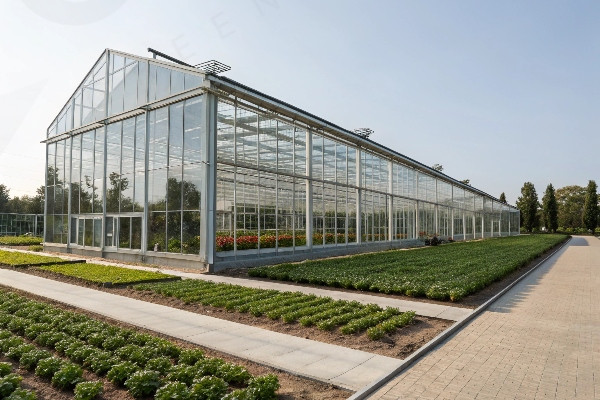
When I first started working with greenhouse systems at CFGET, I noticed how many growers struggled to choose between different greenhouse styles. The options seemed overwhelming – attached, lean-to, freestanding, multi-span… each with its own set of advantages. Over the years, I’ve guided countless clients through this decision process, and freestanding greenhouses consistently prove to be an excellent choice for many situations.
Don’t Miss:——Exploring Greenhouse Types: Finding the Perfect Structure for Your Needs
You might like:——Mastering Strawberry Greenhouse Cultivation: Best Practices for Optimal Growth?
What Makes a Greenhouse "Freestanding"? (Simple Definition)
Many greenhouse buyers feel confused by industry terminology and worry about making the wrong choice. Technical jargon creates uncertainty, but understanding the basic definition can make selection much easier.
A freestanding greenhouse is simply a self-contained growing structure that stands independently, not connected to another building. In our industry, we call this a "single-span greenhouse" – featuring an arched or peaked design with supporting columns on only two sides.

When visiting growers across Southeast Asia and Central Asia, I often notice confusion about greenhouse terminology. Let me explain this clearly: a freestanding greenhouse is exactly what it sounds like – a structure that stands by itself, separate from any other building. These greenhouses typically feature a simple yet effective design, with a complete framework that forms their characteristic shape.
In the greenhouse industry, we refer to these as "single-span" structures because they consist of a single arched or peaked area. The supporting columns are positioned along two sides only, creating an open, uninterrupted growing space inside. This design is especially popular with small-area growers and beginners because it offers excellent environmental control within a manageable space.
Freestanding greenhouses typically have spans ranging from 8 to 12 meters wide. This limitation exists because larger spans would require more complex support systems to handle the load of the covering material and environmental factors like snow or wind. The components connect using specialized fasteners rather than heavy steel structures, making them more affordable and easier to assemble.
These greenhouses come with three main covering options: plastic film (most affordable), polycarbonate panels (better insulation), or glass (maximum light transmission). Each covering material offers different benefits regarding cost, durability, light transmission, and insulation properties. For example, when working with a client in Vietnam last year, we recommended a polycarbonate-covered freestanding greenhouse because it balanced good light transmission with the heat reduction necessary in their tropical climate.
Key Advantages of Choosing a Freestanding Greenhouse
Gardeners often struggle with limited growing seasons and plant damage from unpredictable weather. Environmental control becomes nearly impossible outdoors, but freestanding greenhouses solve these frustrating limitations.
Freestanding greenhouses offer complete environmental control, flexible placement options, customizable sizing, and better air circulation than attached models. They create ideal growing conditions for plants year-round, with 360-degree sunlight exposure maximizing photosynthesis and plant health.
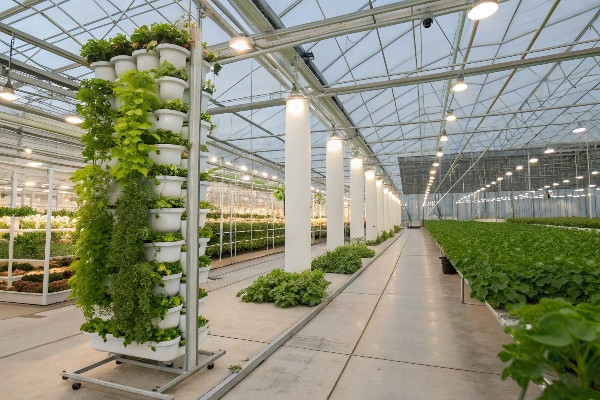
The benefits of freestanding greenhouses extend far beyond simple weather protection. From my experience working with growers across different climates, I’ve seen firsthand how these structures transform growing possibilities. Let me share the key advantages that make freestanding greenhouses a preferred choice for many of our clients.
First, the complete environmental control cannot be overstated. Unlike outdoor growing or even attached greenhouses, freestanding structures allow you to create a truly optimized growing environment. Temperature, humidity, ventilation, and even CO2 levels can be precisely managed. When working with a research institution in the Netherlands, we implemented a freestanding greenhouse with automated climate control systems that maintained perfect growing conditions for their experimental crops despite the challenging northern European climate.
The placement flexibility is another significant benefit. Since these structures don’t need to connect to an existing building, you can position them anywhere on your property that offers optimal sunlight exposure and convenient access. This means you can select the perfect spot based on sunlight patterns, prevailing winds, drainage considerations, and accessibility. A commercial grower in Thailand placed their freestanding greenhouse on a slight slope with the length running east to west, maximizing morning sun exposure while providing natural drainage for the tropical rainfall in their region.
Freestanding greenhouses also excel in terms of air circulation. The standalone design allows for ventilation on all sides, reducing problems with humidity buildup and the associated fungal diseases that can plague attached greenhouses. This improved airflow creates healthier plants and reduces the need for chemical interventions. The 360-degree light exposure further enhances plant health by eliminating the shadowing effect that often occurs in attached structures where one wall connects to a building.
Additionally, these greenhouses offer superior scalability and expansion options. Many of our clients start with a single freestanding greenhouse and later add additional units as their operations grow. This modular approach allows for gradual investment and expansion based on success and demand. A small herb grower I worked with in Central Asia started with one 8-meter span greenhouse for their initial crop testing. Two years later, they added three more identical structures as their business grew, creating a consistent and easily managed production system.
Freestanding vs. Attached: Which Greenhouse Type is Best?
Choosing between greenhouse types causes many beginners to delay their purchase. The fear of investing in the wrong structure is real, but understanding the key differences will help you make the right choice.
Freestanding greenhouses offer maximum growing space, better light exposure, and complete environmental control but require more heating and a larger footprint. Attached greenhouses save space, utilize existing structure heat, and cost less but provide limited growing area with reduced light.
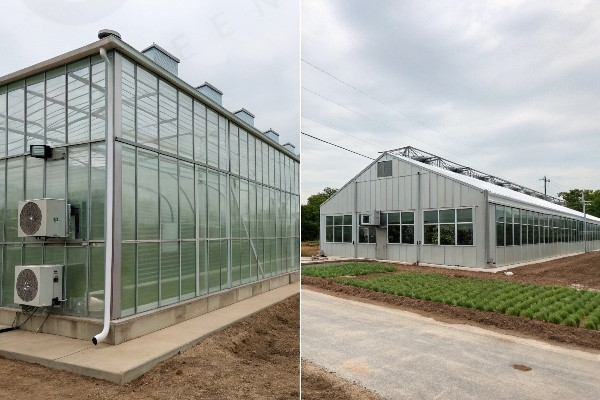
The decision between a freestanding or attached greenhouse ultimately depends on your specific needs, resources, and growing goals. Having advised clients on this choice for over two decades at CFGET, I’ve developed a clear understanding of which factors should guide your decision.
Freestanding greenhouses stand alone without connection to existing structures, creating an independent growing environment. They typically feature symmetrical designs that maximize internal space efficiency. In contrast, attached greenhouses (sometimes called lean-to greenhouses) connect directly to an existing building on at least one side, using that building as structural support and often as a heat source.
Space requirements represent one of the most important distinctions. Freestanding models need sufficient open area for the entire structure plus recommended clearance around the perimeter for maintenance access and to prevent snow or debris buildup against the walls. During a consultation with a client in a densely developed urban area in Europe, we ultimately recommended an attached greenhouse despite their initial preference for a freestanding model, simply because their available space couldn’t accommodate a fully separated structure with proper clearance.
Temperature management differs significantly between these greenhouse types. Freestanding greenhouses experience greater temperature fluctuations due to exposure on all sides. They typically require more heating in winter and more cooling in summer. Attached greenhouses benefit from the thermal mass and insulation of the adjoining building, which moderates temperature swings and reduces heating costs – an advantage that proved decisive for several of our clients in extremely cold Central Asian regions.
Light exposure presents another critical difference. Freestanding designs receive light from all directions throughout the day, maximizing photosynthesis potential for plants positioned anywhere inside. Attached greenhouses lose light exposure from the side connected to the building, creating shadier areas less suitable for light-hungry plants. For commercial growers whose profits depend on maximizing production per square meter, this light advantage of freestanding structures often outweighs other considerations.
Aesthetically and functionally, freestanding greenhouses offer complete design freedom since they don’t need to harmonize with existing architecture. They can be optimally oriented for solar exposure regardless of other structures. When working with a research institution that needed precise light conditions for their experiments, this ability to position the greenhouse for perfect east-west orientation proved essential to their work.
Cost considerations vary by situation. While freestanding greenhouses generally require more materials and foundation work than comparable attached models, they also offer better space efficiency and growing conditions that may justify the investment through improved yields. For commercial operations, the production benefits of freestanding designs typically outweigh the additional upfront costs.
Is a Freestanding Greenhouse Right for Your Space and Budget?
Many potential greenhouse owners feel overwhelmed by the investment required. They worry about making the wrong choice and wasting money, but matching your specific needs with the right greenhouse solution is simpler than it seems.
A freestanding greenhouse is ideal if you have adequate open space, prioritize optimal growing conditions, and need flexibility in placement. They’re perfect for serious gardeners, small commercial operations, and research facilities who can justify the slightly higher initial investment.

Making the decision about whether a freestanding greenhouse suits your particular situation requires careful consideration of several practical factors. Based on my experience helping hundreds of clients make this exact decision, I’ve identified the key considerations that should guide your choice.
Available space is naturally the first consideration. Freestanding greenhouses require sufficient open area not just for the structure itself but also for access pathways around the perimeter. As a general rule, you’ll need about 1-2 meters of clearance on all sides for maintenance and to prevent snow buildup against the walls from causing damage. When I visited a small farm in Southeast Asia last year, the owner initially wanted a 10-meter wide freestanding greenhouse, but after examining their property, we determined that an 8-meter model would be more appropriate given their space constraints and access needs.
Budget considerations extend beyond just the initial purchase price. While freestanding greenhouses typically cost more upfront than attached models of similar size, you should also factor in operational expenses. Heating costs are usually higher for freestanding structures because they lose heat from all sides. However, these costs can be offset by increased production due to better light exposure and growing conditions. One of our commercial clients in Europe calculated that their freestanding greenhouse would pay for its higher initial cost within three years through increased crop yields compared to an attached alternative.
Your climate zone significantly impacts greenhouse selection. In regions with extreme temperatures, the higher heating or cooling requirements of freestanding models become more pronounced. For a client in an area with harsh winters, we recommended additional insulation options for their freestanding greenhouse, including double-layer polycarbonate panels and thermal screening systems. These additions increased the initial cost but dramatically reduced ongoing heating expenses.
The intended use of your greenhouse should heavily influence your decision. For serious plant propagation, seed starting, or commercial growing, the superior growing conditions of a freestanding greenhouse often justify any additional cost or space requirements. However, if you’re primarily looking for a casual growing space to extend your season slightly, an attached greenhouse might make more economic sense. When consulting with a small-scale herb grower in Central Asia, we recommended a freestanding structure despite their limited budget because their business success depended on consistent, high-quality production year-round.
Installation considerations also differ between greenhouse types. Freestanding greenhouses require complete foundation systems, while attached models can sometimes utilize existing building foundations. For DIY enthusiasts, freestanding kits offer more straightforward assembly since they don’t require integration with existing structures. I remember helping a client in Southeast Asia who had limited construction experience – the standalone nature of the freestanding greenhouse kit made the installation process much more manageable for them compared to the precision required for an attached model.
Long-term planning should factor into your decision as well. Freestanding greenhouses offer easier expansion options – you can simply add another structure nearby if needed. They also provide resale value as standalone assets. When working with a commercial flower grower in Europe, we designed their initial greenhouse with future expansion in mind, positioning utilities and access points to accommodate additional structures as their business grew.
Conclusion
Freestanding greenhouses offer unmatched growing flexibility with complete environmental control and optimal light exposure. While requiring more space and slightly higher investment, they provide serious growers with the ideal solution for year-round plant production.

